Sea level rise and coastal erosion: what’s the real impact?
How much of an issue are coastal vulnerabilities and what do we need to consider to increase our resilience to future events?
05/04/2022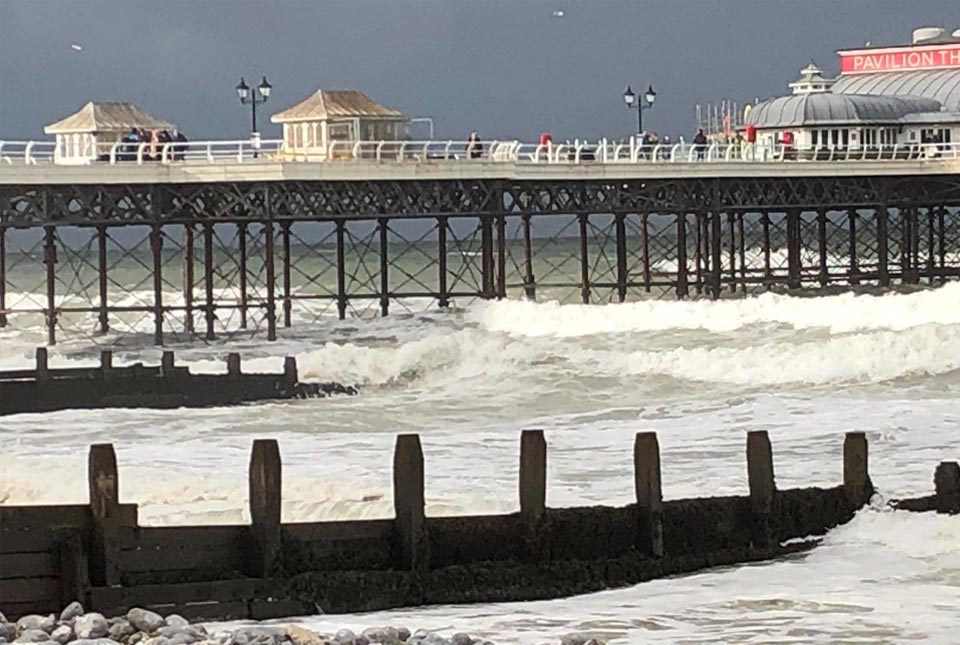
In this new series of blogs, the digital products team looks at the coastline of Great Britain, how it is changing and what important factors we should consider in terms of natural hazards, adaptation and resilience.
Coastal resilience is a key issue for our island nation, especially those who live and work around our coastline. The climate is changing, temperatures are increasing and sea-levels are set to rise. In recent years, we have witnessed numerous examples of coastal flooding, cliff falls and damage to infrastructure, businesses and homes during storms. But how much of an issue are these coastal vulnerabilities and what do we need to consider to increase our resilience to future events?
It is difficult to quantify the threat and potential economic impact of coastal erosion and flooding. The Climate Change Committee’s Adaptation Committee estimated in 2018 that, by the 2080s, over 100 000 properties may be in areas at risk from coastal erosion in England alone.
Various reports have been commissioned over recent years to assist in building a clearer picture of the situation and options to reduce this risk. The UK Government’s latest research on exploratory sea-level projections for the UK provides future projection ranges to the year 2300. Under all scenarios, sea level is expected to continue to rise. Estimates range across (approximately):
- 0.5 m to 2.2 m for low (RCP2.6) emissions
- 0.8 m to 2.6 m for medium-low (RCP4.5) emissions
- 1.4 m to 4.3 m for high (RCP8.5) emissions
To provide some context relating to the societal importance of our coastal regions, aside from their natural significance, we can consider some of the findings of a 2019 report by a Select Committee appointed through the House of Lords. This group and the subsequent report had been set up to focus on the regeneration of seaside towns and communities, which included a review of tourism and hospitality. Based on this report and the associated proceedings, the following numbers can be ascribed to our coastal regions:
- more than eight million people live on the coast, in coastal communities (Select Committee on Regenerating Seaside Towns and Communities (2018))
- according to UKHospitality, the sector employs 2.9 million people and generates £130 billion in economic activity
- VisitBritain stated that tourism was worth £127 billion to the British economy (Select Committee meeting).
In the UK, current annual damages from coastal flooding are estimated at over £500 million per year (BAS) and costs are likely to increase under projections of future sea-level rise. Historic assets are also under threat: buried archaeology and historic structures, such as the Godwin Battery on Spurn Point, have already been lost to coastal erosion. The National Trust’s repair bill following the 2013/14 winter storms amounted to some £250 000, with other repairs costing many thousands of pounds.
Our new GeoCoast data product can be used to inform and assist users when responding to coastal adaptation and resilience. GeoCoast is an integrated GIS package of datasets designed to inform and support coastal management and adaptation. It includes information about coastal erosion, sea-level rise and inundation, coastal subsidence and the properties of the geological deposits.
Our next post in this series will look at six areas of changing coastlines around Great Britain and how climate change could affect them.
Join us for our GeoCoast launch event
Join our data products team for a live webinar on the 28 April 2022, and discover more about our new data product to underpin coastal decision making, resilience and adaptation. > Register online
About the author

Kathryn Lee
Geologist and BGS Informatics product portfolio manager
Relative topics
You may also be interested in:
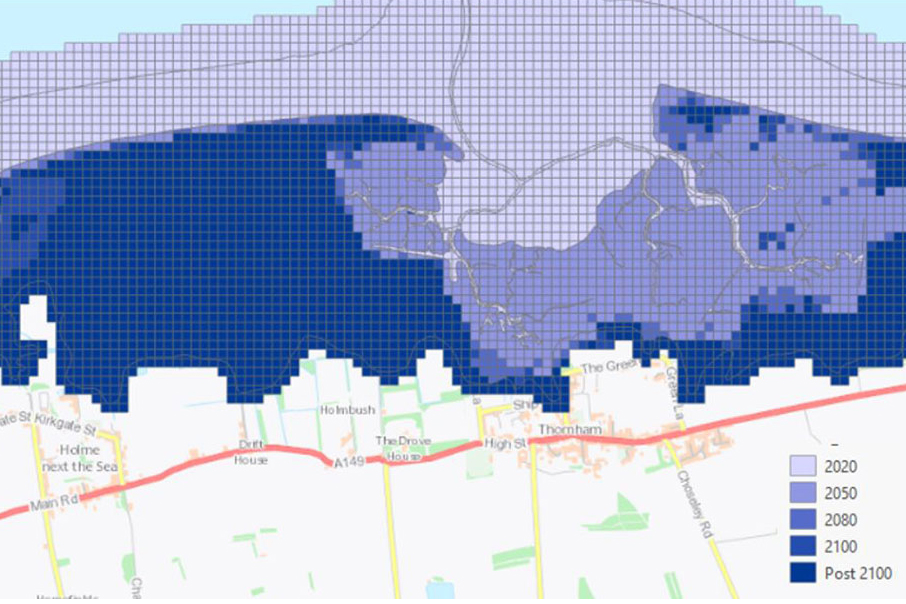
GeoCoast Premium
GeoCoast is an integrated GIS package of datasets designed to inform and support coastal management and adaptation.
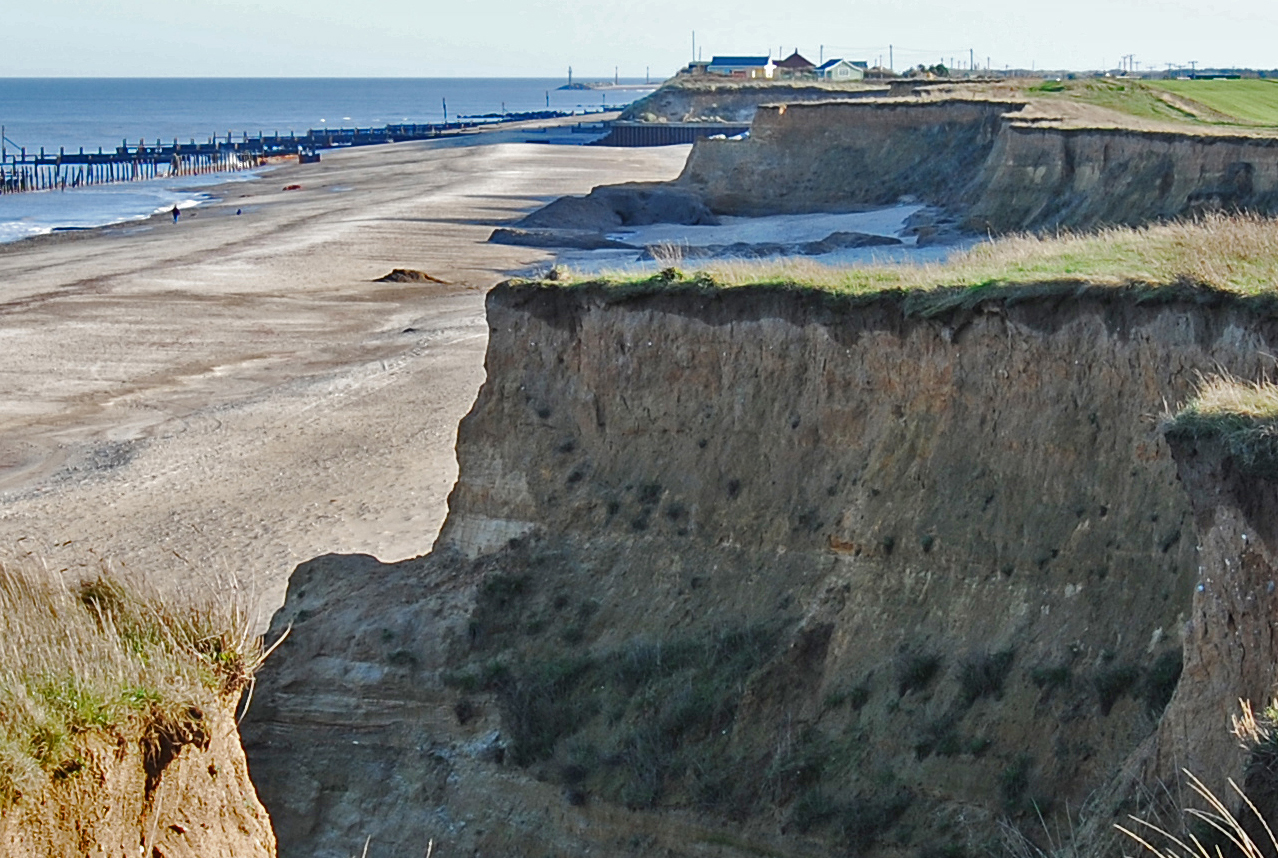
Coasts and estuaries geohazards
Providing independent and expert geoscientific tools and advice to assess different adaptation options to coastal flooding and erosion.
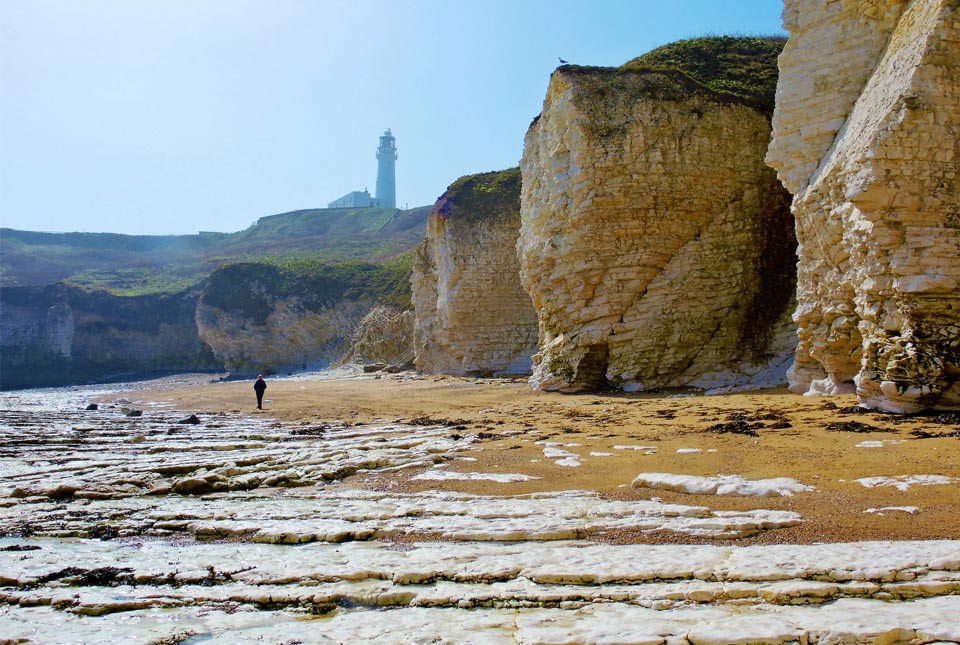
New BGS datasets for coastal management, planning and adaptation in the face of climate change
BGS GeoCoast is a package of geospatial datasets designed to provide information on the geological conditions and constraints around the coastline of Britain.
Related news
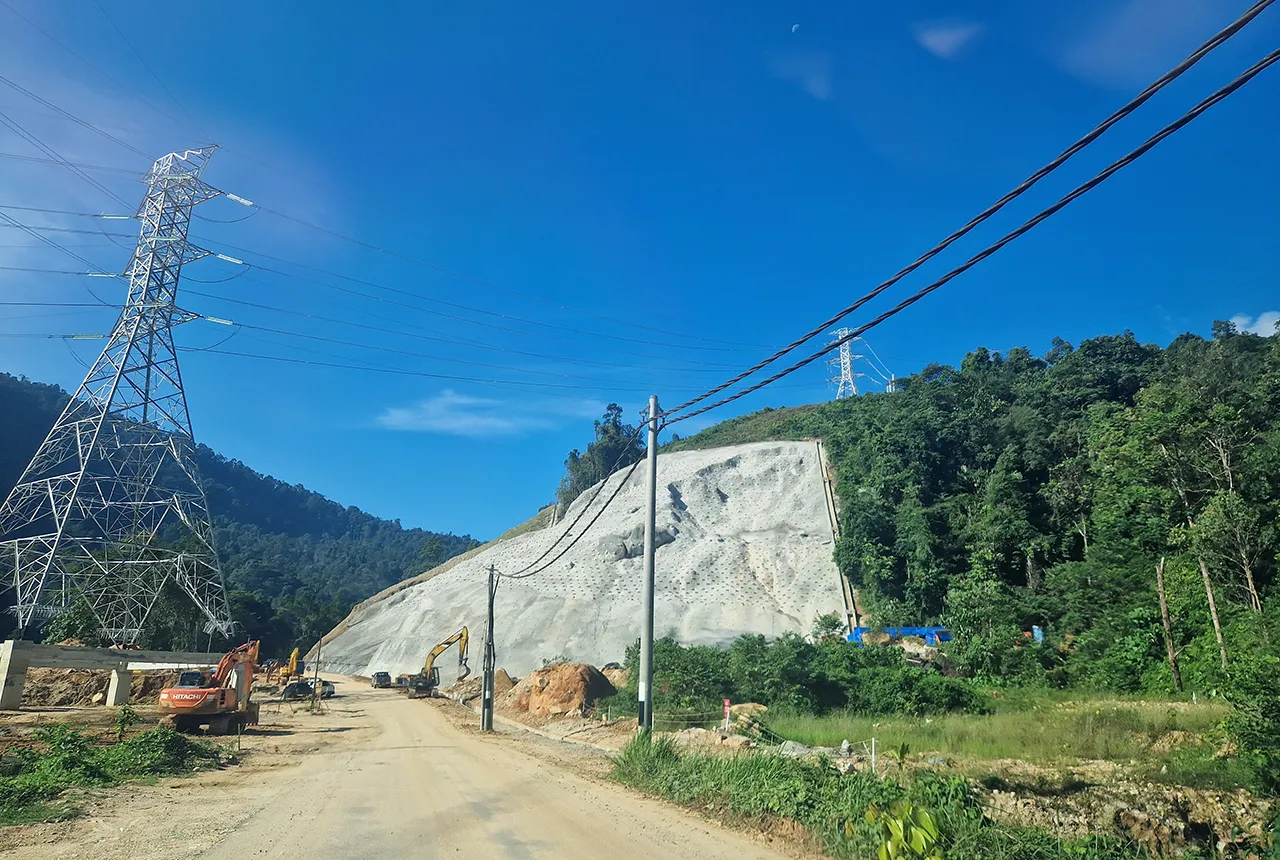
BGS awarded funding to support Malaysia’s climate resilience plan
17/12/2025
The project, funded by the Foreign, Commonwealth & Development Office, will focus on minimising economic and social impacts from rainfall-induced landslides.
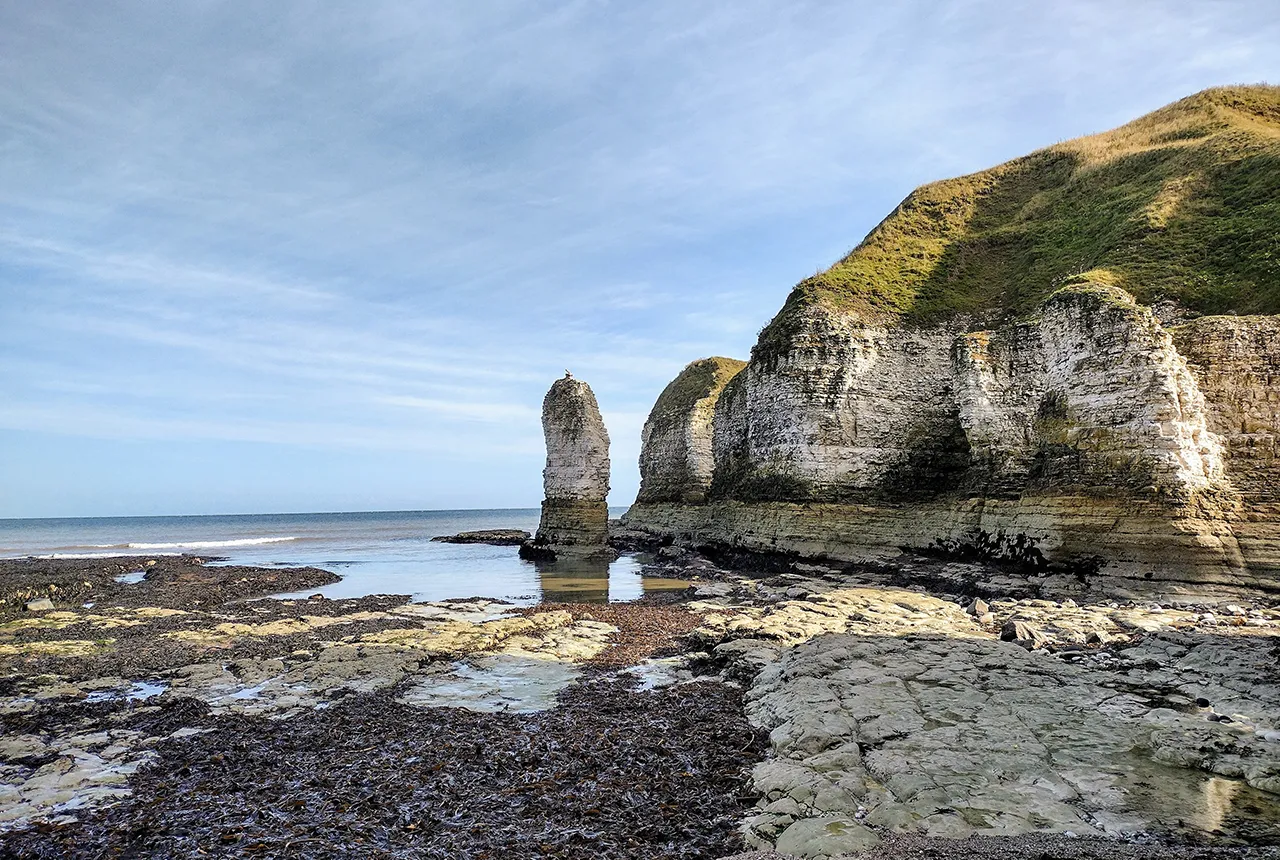
New geological maps of the Yorkshire Wolds to better inform groundwater management and policy decisions
17/12/2025
The new mapping provides crucial data on localised geological issues that may assist in protecting water supplies.
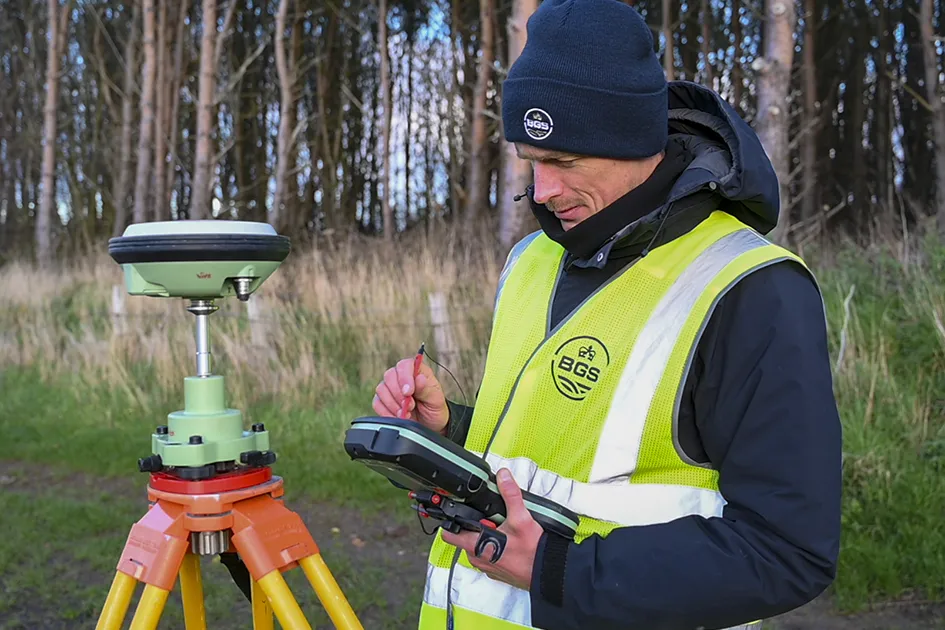
‘Three norths’ set to leave England and not return for hundreds of years
12/12/2025
The historic alignment of true, magnetic, and grid north is set to leave England, three years after they combined in the country for the first time since records began.

BGS agrees to establish collaboration framework with Ukrainian government
11/12/2025
The partnership will focus on joint research and data exchange opportunities with Ukrainian colleagues.

Making research matter: BGS joins leading research organisations in new national initiative
10/12/2025
A new alliance of 35 organisations has been formed that is dedicated to advancing science for the benefit of people, communities, the economy and national priorities.

New 3D model to help mitigate groundwater flooding
08/12/2025
BGS has released a 3D geological model of Gateshead to enhance understanding of groundwater and improve the response to flooding.
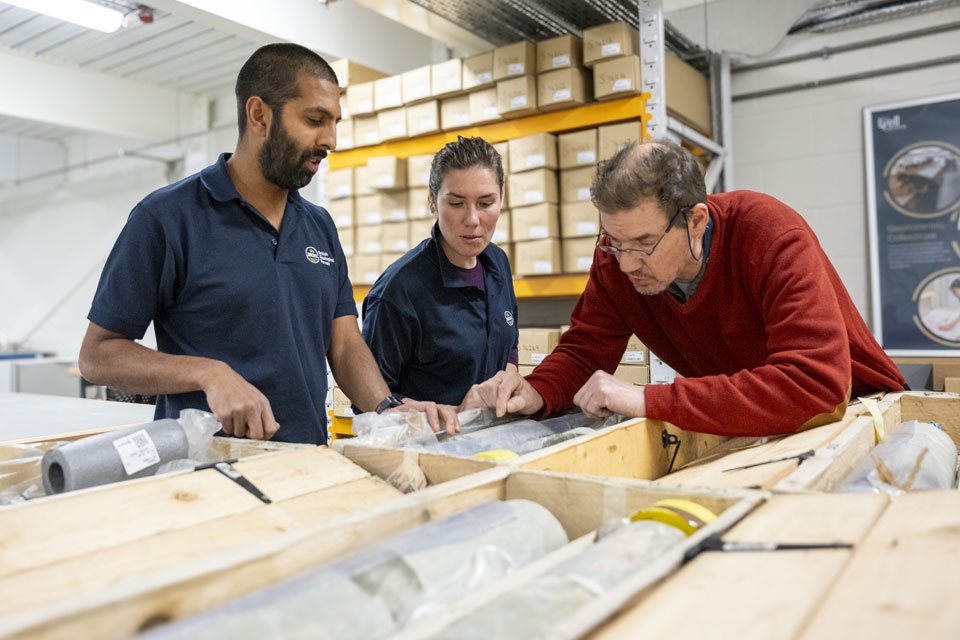
Scientists gain access to ‘once in a lifetime’ core from Great Glen Fault
01/12/2025
The geological core provides a cross-section through the UK’s largest fault zone, offering a rare insight into the formation of the Scottish Highlands.
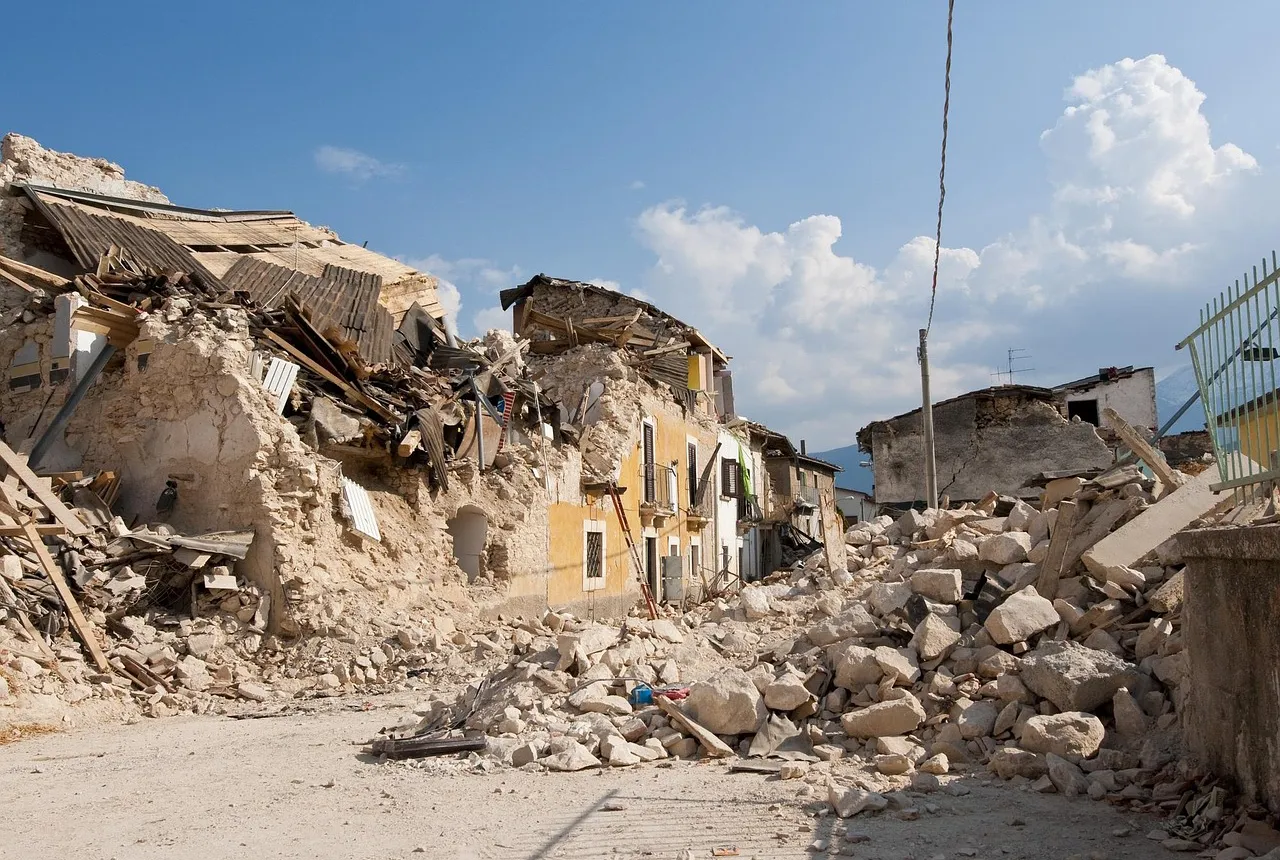
New research shows artificial intelligence earthquake tools forecast aftershock risk in seconds
25/11/2025
Researchers from BGS and the universities of Edinburgh and Padua created the forecasting tools, which were trained on real earthquakes around the world.
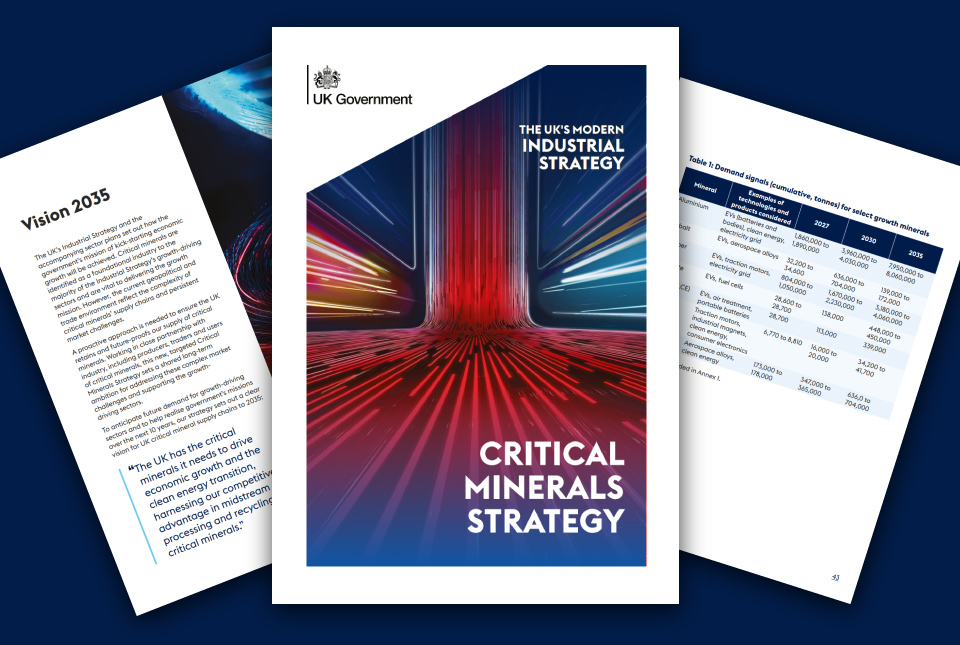
BGS welcomes publication of the UK Critical Minerals Strategy
23/11/2025
A clear strategic vision for the UK is crucial to secure the country’s long-term critical mineral supply chains and drive forward the Government’s economic growth agenda.

New funding awarded for UK geological storage research
21/11/2025
A project that aims to investigate the UK’s subsurface resource to support net zero has been awarded funding and is due to begin its research.

UK braced for what could be the largest solar storm in over two decades
12/11/2025
Intense geomagnetic activity could disrupt technology such as communication systems, global positioning systems and satellite orbits.
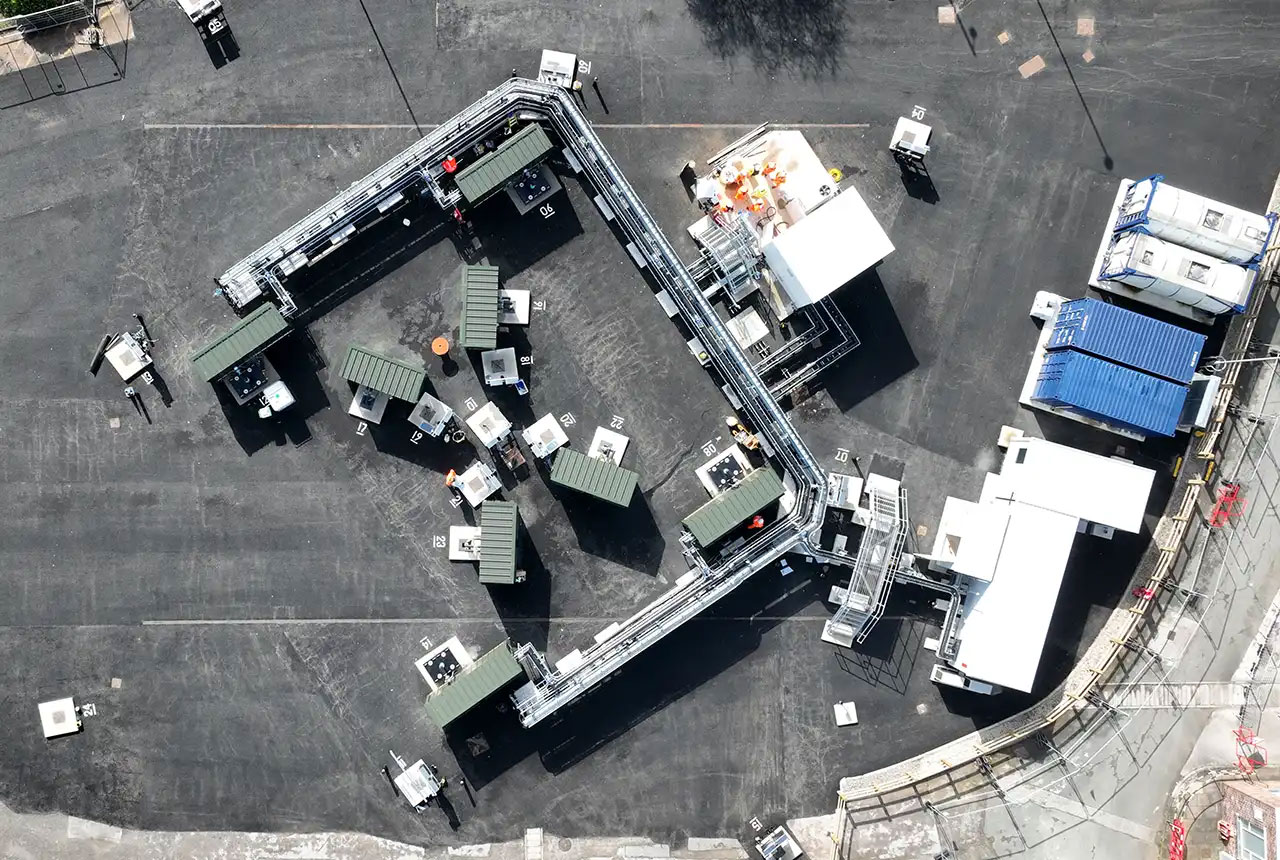
First distributed acoustic sensing survey completed at UK Geoenergy Observatory
12/11/2025
New research at the Cheshire Observatory has shown the potential for mapping thermal changes in the subsurface using sound waves.

